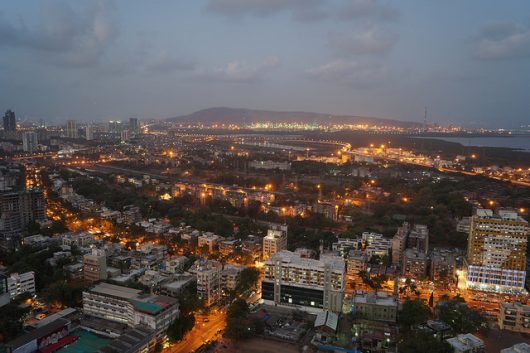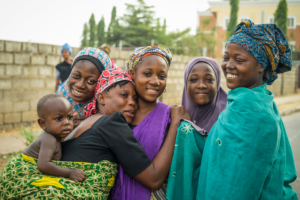 The West African country of Nigeria is home to about 200 million people. Of these, 20 to 30 percent suffer from a mental illness. The World Health Organization (WHO) ranks Nigeria 15th in the world for suicides. One of the biggest challenges facing mental health in Nigeria is the inadequate number of practitioners and clinics. The WHO estimates that less than 10 percent of those who need help have access to psychiatrists. Additionally, while the global average is nine mental health workers per 100,000 people, the ratio in Nigeria is one mental health worker for every one million people. This could partly be caused by the fact that only around 3.3 percent of the national health budget goes to mental health.
The West African country of Nigeria is home to about 200 million people. Of these, 20 to 30 percent suffer from a mental illness. The World Health Organization (WHO) ranks Nigeria 15th in the world for suicides. One of the biggest challenges facing mental health in Nigeria is the inadequate number of practitioners and clinics. The WHO estimates that less than 10 percent of those who need help have access to psychiatrists. Additionally, while the global average is nine mental health workers per 100,000 people, the ratio in Nigeria is one mental health worker for every one million people. This could partly be caused by the fact that only around 3.3 percent of the national health budget goes to mental health.
Despite the mental health crisis that is looming there are several organizations working to improve mental health in Nigeria.
4 Organizations Improving Mental Health in Nigeria
-
Neem Foundation: This nonprofit, nongovernmental organization is doing important work in Borno State to help those who have suffered trauma as a result of attacks by the Boko Haram islamic militant group. In 2017 alone, the organization provided psychological services to over 7000 people in Borno. In order to reach their target of getting to 16,000 more clients by 2019, the foundation began a Counseling on Wheels program which has counselors use motorcycles or motor tricycles to take counseling services to people’s doorsteps. By doing this, they have managed to raise the number of their client reach 12,000 people so far. Besides providing mental health support to individuals, the Neem Foundation also offers training in counseling, trauma care and child-centered therapy.
-
Mentally Aware Nigeria Initiative (MANI): Launched in June 2016, this Lagos-based nonprofit focuses on creating awareness on mental health and illnesses as well as helping its clients connect to mental health professionals. MANI has a suicide/distress hotline and is planning on launching a mobile app to connect mental health professionals to people in need of help. The organization promotes its advocacy campaigns online using channels such as Twitter, Facebook, Instagram, Youtube and its website to draw attention to different mental health illnesses or other related topics each month. Since 2016, MANI has managed to expand its work to four Nigerian states and provide support to more than 5,000 people.
-
She Writes Woman: This organization has made great strides since its inception in April 2016. The organization launched the first privately-held, 24-hour mental health line in July 2016 and in April 2018 added a helpline chat service that has received 6,000 messages to date. The organization also founded and curates Safe Place – a support group where women in Nigeria can meet, discuss mental health issues and get the help they need. So far, more than 800 women have benefitted. In partnership with Airtel Nigeria, they have grown and founded Safe Place Nigeria – a walk-in clinic where young people can seek mental health care.
-
Love, Peace and Mental Health Foundation (LPM): Launched in 2012 in Lagos, LPM carries out advocacy and awareness campaigns to the youth in Nigeria. LPM also founded and curates Umbrella, a men’s-only support group which meets monthly. During the support group meetings, mental health professionals are on hand for observation and consultancy. The foundation also partners with various psychologists and consultants to provide free therapy sessions during these meetings. LPM also ran the #SAVE campaign in 2017 which encouraged creatives to embrace photography, music, art and fashion to raise awareness of mental health in Nigeria.
By creating awareness and challenging the misconceptions and stigma held by the public, these four organizations are helping create an environment in which those suffering from mental health illnesses do not need to isolate themselves or shy away from seeking help. Mental health in Nigeria is sure to improve because of these and other organizations and initiatives.
– Sophia Wanyony
Photo: Flickr
 Africa boasts one of the biggest farming industries in the world. Agriculture accounts for 60 percent of the continent’s paid employment and
Africa boasts one of the biggest farming industries in the world. Agriculture accounts for 60 percent of the continent’s paid employment and 
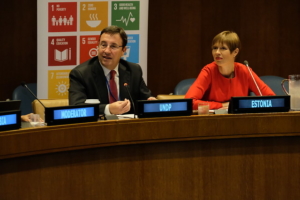 The
The 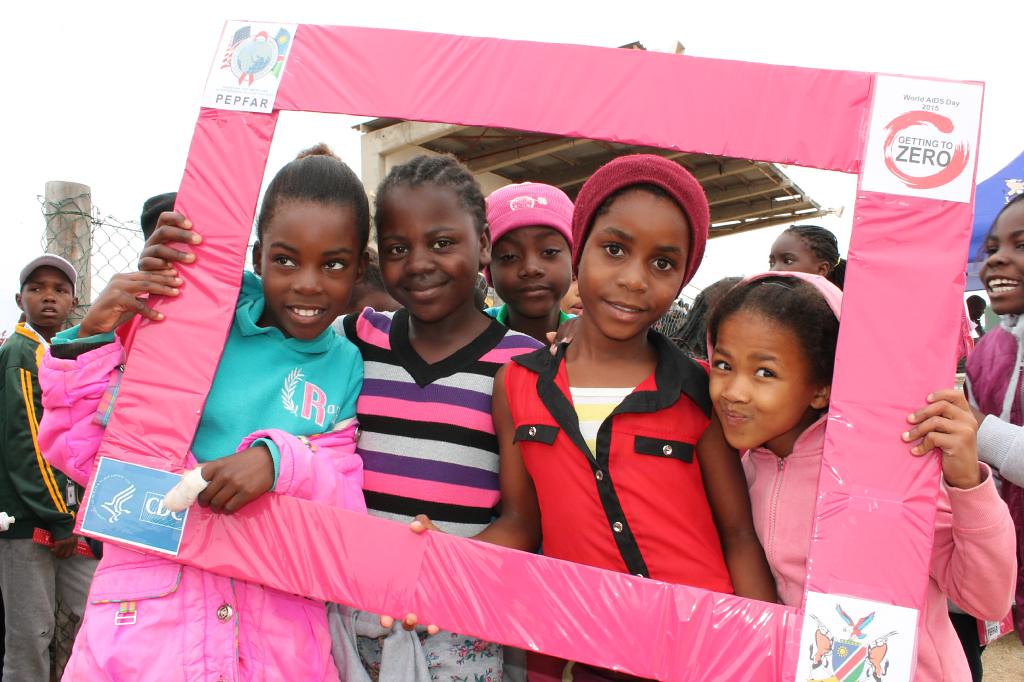 On June 21, President Emmanuel Macron
On June 21, President Emmanuel Macron  Access to education and literacy are two of the most important tools for positive growth in developing nations. Each new educated, literate and technologically-savvy generation can bring with it a host of
Access to education and literacy are two of the most important tools for positive growth in developing nations. Each new educated, literate and technologically-savvy generation can bring with it a host of 
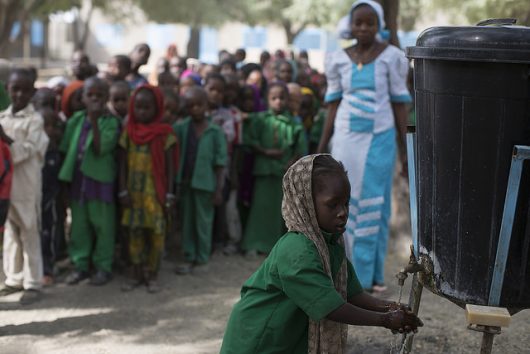
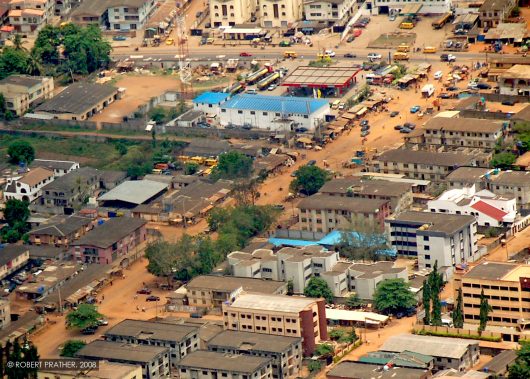 Nigeria has been the center of an
Nigeria has been the center of an 